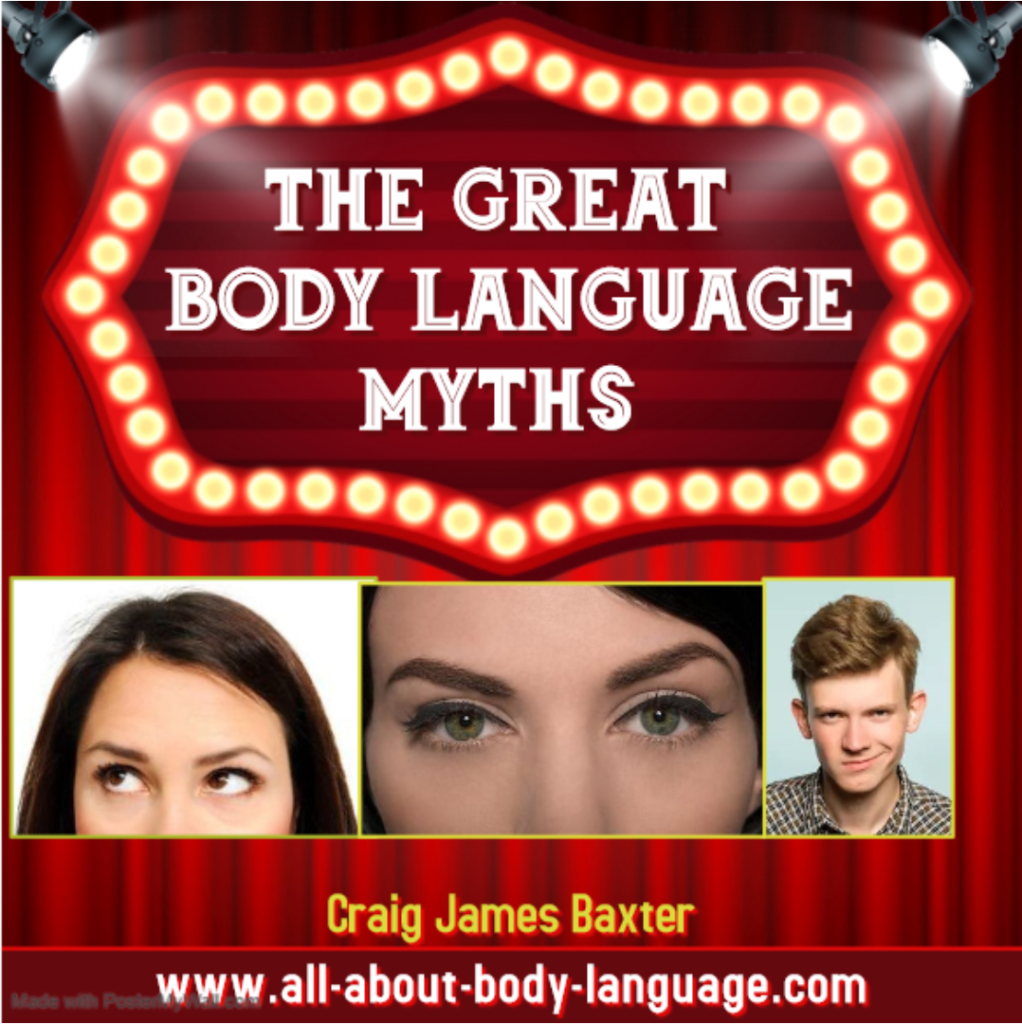Thanks to everyone who attended the second session of our body language webinar series!
The session was held last Thursday, August 13th and the topic was Lets Face it! The Face and Facial Expressions
Here’s what one person said about our body language series:
As you know, I love the work of Dr. Matsumoto at Humintell. I enjoyed this article on the study of emotions and possible future study of emotions. I also recently took his body language webinar series and very much enjoyed it. He really digs deep into the science–especially muscles in the face as well as how we communicate through nonverbal channels. Highly recommended!
~Vanessa Van Edwards, Science of People
Dr. Matsumoto covered a variety of topics
He started with an overview of Humintell, who we are and what we do.
Dr. Matsumoto then explained in the neuroanatomy and musculature of the face through illustrations and figures. He explained how facial muscles are very special and how the neural circuitry of the brain affects emotion signaling.
Dr. Matsumoto then moved on to briefly touch on FACS coding, the function of facial expressions and his definition of emotions (which can be found in the video above). He explained why emotions are so important and elements of the basic emotion system. He also touched upon microexpressions, what they are and why they occur.
Finally Dr. Matsumoto ended the session by showing a video illustrating the power of emotions (below) and a 15 minute Q&A where he took questions from attendees.
Missed this session? Don’t worry! You can still be a part of this 3 part body language webinar series.
Session 3 will be held on 8/27 and is entitled “How about a Thumbs Up? All About Gestures”. You’ll learn about gestures, the different types of speech associated gestures and what illustrators and emblems are,
Each virtual session includes 45 min of instruction with 15 min of Q&A and a recording will be provided if you cannot attend live.
Join the remaining 3rd session
And get the recordings of the 1st and 2nd session
 Guest blog by Craig James Baxter of
Guest blog by Craig James Baxter of